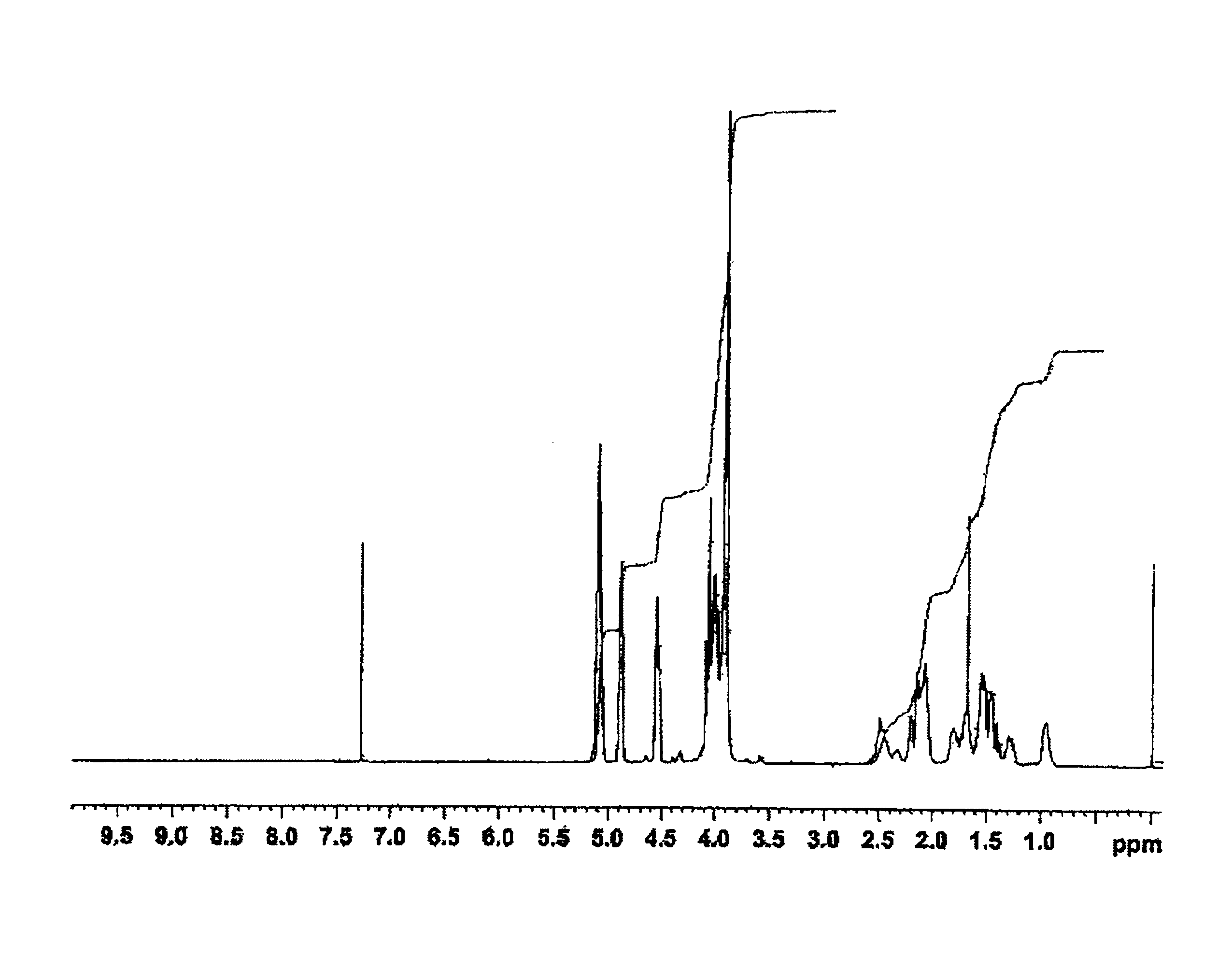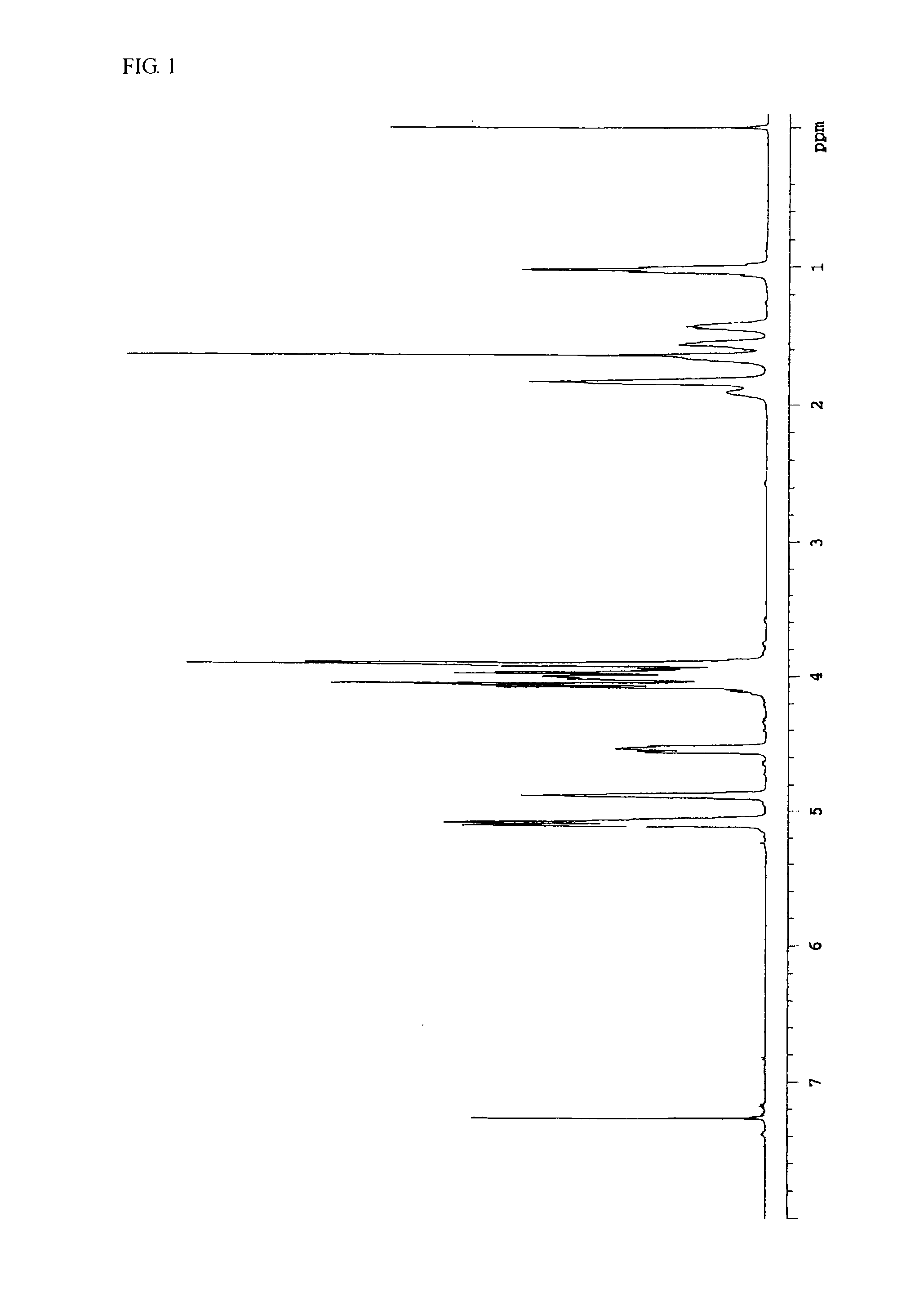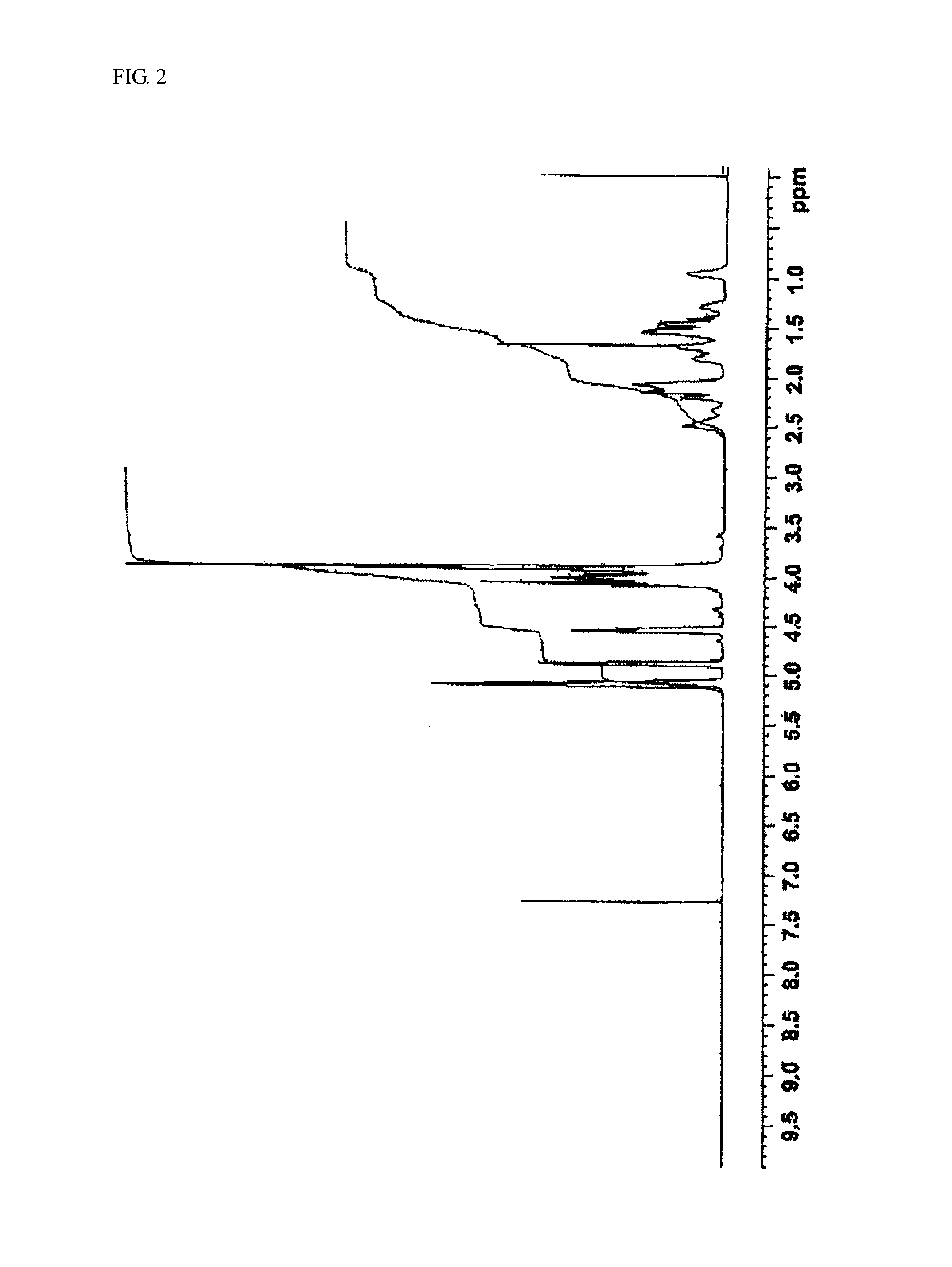Processes for producing polycarbonate and molded polycarbonate articles
a technology of molded polycarbonate and polycarbonate, which is applied in the field of processes for producing polycarbonate and molded polycarbonate articles, can solve the problems of brown polycarbonate obtained, unsatisfactory, and fear of oil resource depletion, and achieves the effects of reducing coloration, high thermal stability, and stably and efficiently producing
- Summary
- Abstract
- Description
- Claims
- Application Information
AI Technical Summary
Benefits of technology
Problems solved by technology
Method used
Image
Examples
example 1
[0231]Into a reaction vessel were introduced 27.7 parts by weight (0.516 mol) of isosorbide, 13.0 parts by weight (0.246 mol) of 1,4-cyclohexanedimethanol (hereinafter abbreviated to “1,4-CHDM”), 59.2 parts by weight (0.752 mol) of diphenyl carbonate (hereinafter abbreviated to “DPC”), and 2.21×10−4 parts by weight (1.84×10−6 mol) of cesium carbonate as a catalyst. In a nitrogen atmosphere, a first step of reaction was conducted in the following manner. The temperature of a heating bath was elevated to 150° C., and the starting materials were dissolved with stirring according to need (about 15 minutes).
[0232]Subsequently, the pressure was changed from ordinary pressure to 13.3 kPa, and the temperature of the heating bath was elevated to 190° C. over 1 hour, during which the phenol which generated was discharged from the reaction vessel.
[0233]The whole reaction vessel was held at 190° C. for 15 minutes. Thereafter, a second step was conducted in the following manner. The internal pre...
example 2
[0239]Into a reaction vessel were introduced 31.8 parts by weight (0.458 mol) of isosorbide, 8.7 parts by weight (0.127 mol) of 1,4-CHDM, 59.5 parts by weight (0.583 mol) of DPC, and 2.22×10−4 parts by weight (1.43×10−6 mol) of cesium carbonate as a catalyst. In a nitrogen atmosphere, a first step of reaction was conducted in the following manner. The temperature of a heating bath was elevated to 150° C., and the starting materials were dissolved with stirring according to need (about 15 minutes).
[0240]Subsequently, the pressure was changed from ordinary pressure to 13.3 kPa, and the temperature of the heating bath was elevated to 190° C. over 1 hour, during which the phenol which generated was discharged from the reaction vessel.
[0241]The whole reaction vessel was held at 190° C. for 15 minutes. Thereafter, a second step was conducted in the following manner. The internal pressure of the reaction vessel was reduced to 6.67 kPa, and the temperature of the heating bath was elevated t...
example 3
[0246]The same procedure as in Example 2 was conducted, except that the ingredient amounts were changed to the following: isosorbide, 35.9 parts by weight (0.674 mol); 1,4-CHDM, 4.4 parts by weight (0.083 mol); DPC, 59.7 parts by weight (0.764 mol); and cesium carbonate as a catalyst, 2.22×10−4 parts by weight (1.87×10−6 mol).
[0247]The polycarbonate copolymer obtained had a reduced viscosity of 0.712 dL / g, a glass transition temperature of 148° C., and a color b value of 9.1. These results are shown in Table 1.
[0248]Furthermore, the polycarbonate copolymer was pressed at 200° C. and formed into a film having a thickness of about 200 μm. This film had a d-line refractive index of 1.5014 and an Abbe number of 57. These results are shown in Table 3.
PUM
| Property | Measurement | Unit |
|---|---|---|
| temperature | aaaaa | aaaaa |
| weight loss temperature | aaaaa | aaaaa |
| Abbe number | aaaaa | aaaaa |
Abstract
Description
Claims
Application Information
 Login to View More
Login to View More - R&D
- Intellectual Property
- Life Sciences
- Materials
- Tech Scout
- Unparalleled Data Quality
- Higher Quality Content
- 60% Fewer Hallucinations
Browse by: Latest US Patents, China's latest patents, Technical Efficacy Thesaurus, Application Domain, Technology Topic, Popular Technical Reports.
© 2025 PatSnap. All rights reserved.Legal|Privacy policy|Modern Slavery Act Transparency Statement|Sitemap|About US| Contact US: help@patsnap.com



